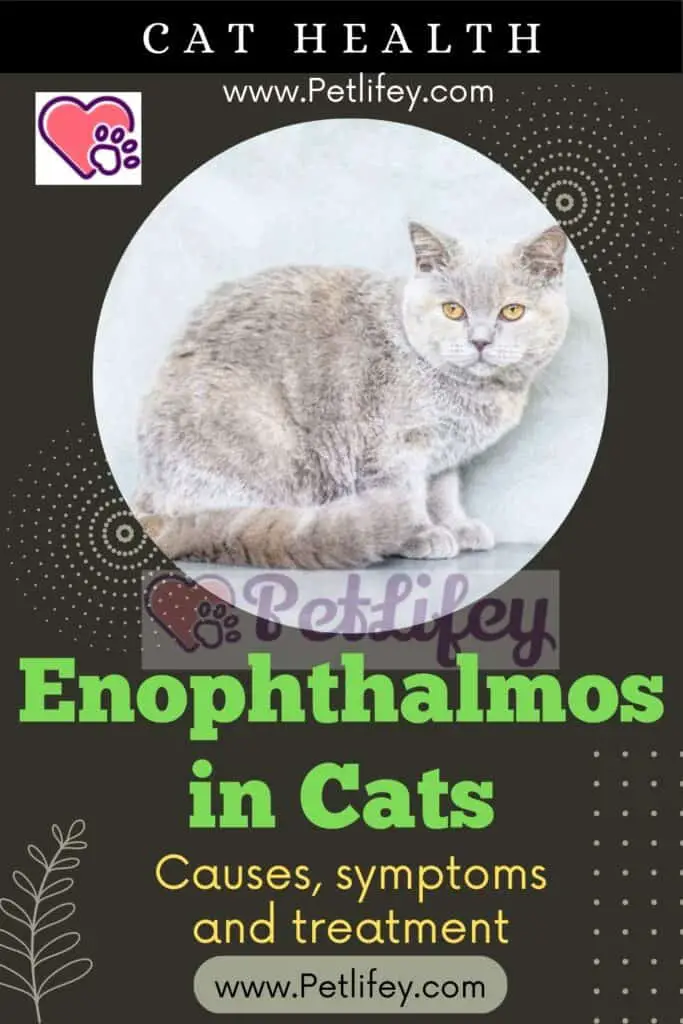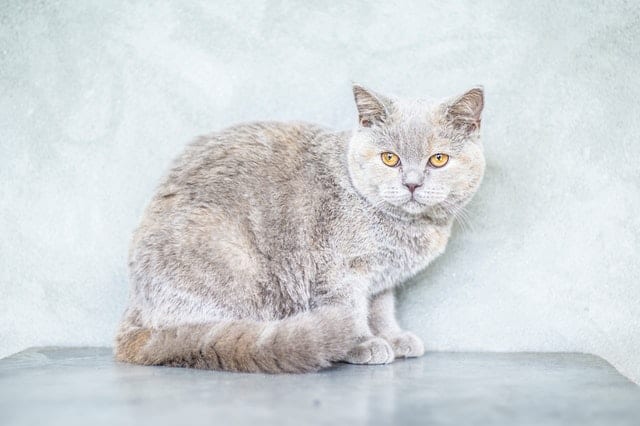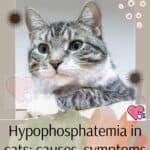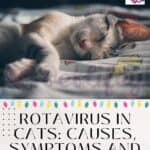Enophthalmos in cats, an eye disease in cats in which the animal’s eyeball is positioned abnormally. Let’s see the causes, symptoms and treatment.

Enophthalmos in cats is also called displacement of the eye or rather of the eyeball inward, deeper than its normal condition.
Most often confused with eyelid ptosis which looks similar in appearance.
Enophthalmos in cats can be mono and bilateral, the former can occur due to a trauma with fracture and depression of the orbital walls, but also due to scar retractions or finally as a symptom of Horner’s syndrome.
While bilateral enophthalmos is in most cases due to a disproportionate weight loss with the consequent reduction of retroorbital tissues.
Causes of enophthalmos in cats
The first cause of all is the presence of a fleshy mass located in front of the cat’s eye but it is not the only reason, other possible causes can be:
- Dehydration in the cat (which affects the water content inside the eyeball);
- Globe collapsed due to trauma ;
- Loss of volume in the eyeball (i.e., the eyeball is constricted and usually does not function);
- Horner’s syndrome (lack of nerve distribution in the eye and / or loss of nerve supply).
- Tumor.
Symptoms
Symptoms related to enophthalmos in cats can be:
- The eye is less visible than before;
- The eye is usually of normal size and is located further back in the orbit ;
- Protrusion of the third eyelid;
- Changes in the appearance of the face;
- Runny nose ;
- The cherry eye;
- Inability to see the eyeball;
- Inverted eyelid (entropion eyelid);
- Extraocular muscle atrophy (loss of the muscle surrounding the eye).
Diagnosis and treatment of enophthalmos in cats

In order to make a correct diagnosis, the cat owner will need to provide the veterinarian with the complete health history of the pet, the manifestation of symptoms and the probable incidents that occurred prior to this condition of the cat.
Then the veterinarian will proceed with specific tests useful to establish the diagnosis and therefore will carry out the following tests on the eyeballs, the surrounding bones and muscles, even looking inside the mouth to discover any abnormalities.
The exams he will carry out are:
- A thorough physical exam
- X-rays of the skull to help determine the exact location of any growths, pockets of fluid, or abnormalities in the muscle or bone that could contribute to the abnormal positioning of the eyeball;
- Basic blood tests (a chemical blood profile, a complete blood count);
- A urinalysis;
- An electrolyte panel (to rule out underlying systemic disease);
- A CT scan (to rule out facial masses).
Once the correct diagnosis of enophthalmos in cats has been established, the vet will be able to prescribe the appropriate treatment, although much will depend on the cause.
This condition can usually be corrected surgically by correcting the fracture and restoring the volume of fat lost through a graft.
However, as previously mentioned, everything depends on the underlying causes, which is why the veterinarian may also prescribe the following therapy:
- Fluid therapy and intravenous support if the cat is dehydrated due to an inability to eat and drink;
- A high-calorie diet to increase the cat’s weight;
Eventually the veterinarian may also prescribe drugs for the underlying causes.
At this point all we have to do is respect the care meticulously and transport the cat to the follow-up checks, as per medical prescription.
Unfortunately, there is no specific preventive treatment, as there are several causes of this problem.
Main cat eye diseases
Unfortunately, there are other diseases that affect the cat’s eyeball, the main ones are:
- Exophthalmos : This pathology consists of the bulging or swelling of the eyeball from the eye socket. The cause of which could be a mass that takes up space behind the aforementioned eyeball;
- Cat strabismus or ‘crossed eyes’ : Occurs when one eye cannot focus in the same direction as the other eye and appears to be looking from a different angle and this can occur with one or both eyes. The cause of this problem is the poor mobility of the muscles surrounding the eye, due to something that prevents it or it may be due to an imbalance in the extraocular muscle tone (outside the eye);
- Buftalmo: Consists in the increase in volume of the eyeball. Therefore, a buphthalmic eye appears large and bulging. It is a typical factor of congenital glaucoma, a disease that occurs in early childhood.






